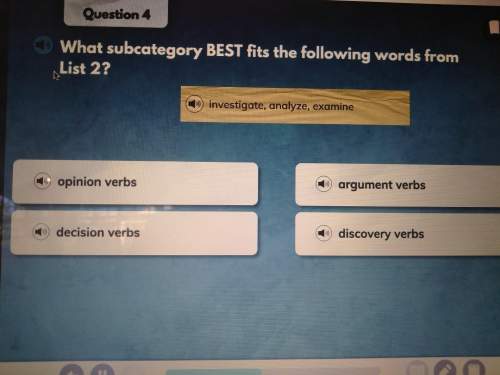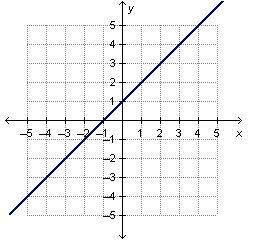
Mathematics, 26.03.2020 22:57, andrejr0330jr
Student federal loans: A Brookings Institution report, "Are College Students Borrowing Blindly?", suggests that undergraduate students may be confused about their debt. For example, among all first-year undergraduate students with federal loans, 14 percent said they didn’t have any student debt at all. Let’s assume this is true for the population of undergraduate students who have federal loans and set up a simulation to randomly sample 50 students from this population. For each sample, we calculate the proportion of students We repeat this process to obtain a total of five random samples. (Akers, B., and Chingos, M. M. (2014). Are College Students Borrowing Blindly?) Which sequence is most likely for the percent of students in each sample who report they don’t have any student debt at all? Group of answer choices 14%, 14%, 14%, 14%, 14% 2%, 13%, 15%, 30%, 33% 8%, 14%, 21%, 19%, 23% Any of the above because the samples are random. Flag this Question Question 9

Answers: 2
Other questions on the subject: Mathematics

Mathematics, 21.06.2019 16:00, hailee6053
Choose the correct slope of the line that passes through the points (1, -3) and (3, -5)
Answers: 3

Mathematics, 21.06.2019 19:30, Victoriag2626
When 142 is added to a number the result is 64 more then 3 times the number. option 35 37 39 41
Answers: 2

Mathematics, 21.06.2019 22:30, tiannaetzel
Which of the following is an example of a rational number? a. π b. √ 9 c. √ 8 d. 3.8362319
Answers: 1

Mathematics, 21.06.2019 23:30, Coolcatfurzy
Fill in the table with whole numbers to make 430 in five different ways
Answers: 1
Do you know the correct answer?
Student federal loans: A Brookings Institution report, "Are College Students Borrowing Blindly?", su...
Questions in other subjects:







Mathematics, 26.05.2020 14:57



Spanish, 26.05.2020 14:57








